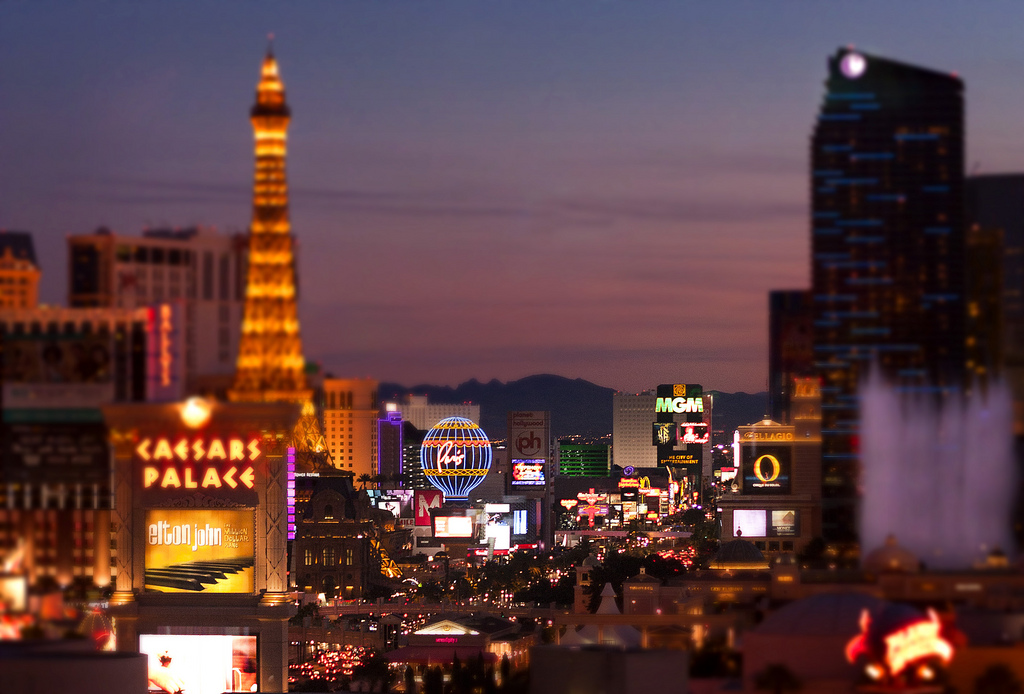If you hear the name “Las Vegas”, the chances are your thoughts will immediately turn to casinos, glittering neon walkways, larger-than-life characters, and entertainment around every corner – and you wouldn’t be far wrong. Las Vegas is fast becoming known as the “Entertainment Capital of America”, drawing millions of tourists from around the world to sample its delights; Las Vegas certainly knows how to entertain a crowd, or two!
The history of Las Vegas in a nutshell
Las Vegas is a desert metropolis that has existed for a little over a century, a relatively short existence for a place so renowned. Founded by ranchers and railroad workers at the turn of the 20th century, Las Vegas brought freedom, entertainment, gambling, low-cost luxury, and thrills to the masses, as well as gaining a little notoriety along the way. During the early 1900s, Las Vegas became home to casinos that had been built with laundered money and, over the years, has housed infamous criminals, members of the mob, and well-documented scandals; the name Sin City, by which Las Vegas has become known, is perhaps rather apt.
Las Vegas is a place that many people automatically associate with glamor, glitz, success and entertainment, and the idea of turning it into a commodity was spun by James Walter Thompson, a pioneer of advertising; no wonder Las Vegas is so good at selling itself.
The founders of Las Vegas
Capitalists created Las Vegas; from lowly criminals with ambition to businessmen with an eye for a winner, the city has seen its fair share of determination. These businessmen and would-be entrepreneurs spotted the city’s potential for wealth and entertainment, and transformed it from a desert town into the bustling metropolis that it is today. Casinos, theaters, restaurants, and hotels were built, with businessmen investing everything they had into helping Las Vegas to succeed in what it does best: entertaining.
With a history rooted in bingo, Stephen A Wynn, a casino developer, perhaps had gaming in his blood. Rather than flattening the city’s landmarks to make way for his own ideas, Stephen instead developed beloved icons and brought them to life again. His most famous achievement, though, was opening The Mirage, Las Vegas’ first megaresort, in 1989. Las Vegas was no longer content with simple motels and accommodation, and became a place where people could live and relax comfortably. This transformation saw the Strip becoming a sprawling complex of glitz and glamour.
Whatever name you give to this thriving metropolis, it is hard to ignore the immense draw of Las Vegas.

